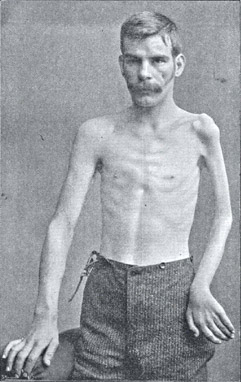

The experiments showed that, in addition to ATD, a second enzyme known as ThrRS was also able to correct alanine substitutions for threonines on tRNAs. studied proofreading enzymes in human kidney cells. Experiments in test tubes reported that ATD removes an amino acid called alanine from tRNAs that are supposed to carry threonine, but its precise role in living cells remained unclear. One such enzyme – called ATD – is only found in animals.

Therefore, cells contain proofreading enzymes that help remove incorrect amino acids on tRNAs. To ensure the proteins are made correctly, it is important that tRNAs deliver specific amino acids to the protein-building machinery in the right order.Įach type of tRNA usually only pairs with a specific type of amino acid, but sometimes the enzymes involved in this process can make mistakes. These molecules deliver building blocks known as amino acids to the machinery that produces new proteins. Over time cells also evolved increased levels of molecules called reactive oxygen species, which are involved in many essential cell processes but are toxic at high levels.Īnimal cells also contain more types of molecules known as transfer ribonucleic acids, or tRNAs for short, than Choanoflagellate cells and other single-celled organisms. As animals evolved they developed more complex body plans consisting of multiple cells organized into larger structures known as tissues and organs. The first animals evolved around 750 million years ago from single-celled ancestors that were most similar to modern-day organisms called the Choanoflagellates. The study further provides a plausible regulatory mechanism wherein the cellular fate of tRNAs can be switched from protein biosynthesis to non-canonical functions.

Strikingly, we identify the emergence of ATD along with the error inducing tRNA species starting from Choanoflagellates thus uncovering an important genomic innovation required for multicellularity that occurred in unicellular ancestors of animals. Therefore, ATD knockout cells display pronounced sensitivity through increased mistranslation of threonine codons leading to cell death. This two-tier functional redundancy for translation quality control breaks down during oxidative stress, wherein ThrRS is rendered inactive. Here we show that in addition to ATD, threonyl-tRNA synthetase (ThrRS) can clear the error in cellular scenario. tRNA expansion leads to misselection resulting in a critical error of L-Ala mischarged onto tRNA Thr, which is proofread by Animalia-specific-tRNA Deacylase (ATD) in vitro. The emergence of multicellularity in Animalia is associated with increase in ROS and expansion of tRNA-isodecoders.


 0 kommentar(er)
0 kommentar(er)
